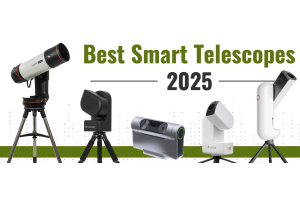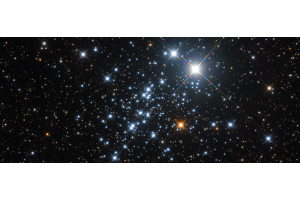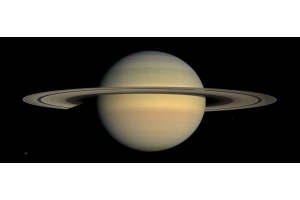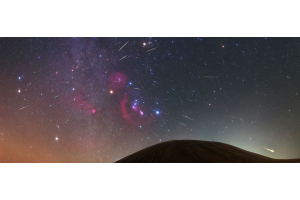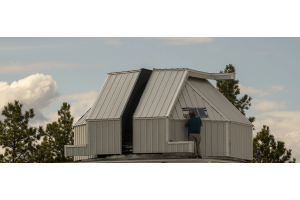How To's
Looking to learn how to polar align your mount? How to balance your equatorial mount? How to use a bahtinov mask? Then this page is for you! This page was created to give beginner and experienced astronomers alike new tips and tricks that will improve your astronomy adventure.
- August 01, 2025
In recent years imaging Newtonian telescopes have become extremely popular due to their “fast optics” and high-performing value per dollar when compared to refractors or other more complex optical systems.
- August 01, 2025
Collimation can be intimidating, especially for the first time after your new telescope makes a trip from our facility to its new home, and we understand that. Knowing the process of collimation, as well as the intended goal is extremely helpful.
- July 22, 2025
If you want to ensure the longevity of your telescope and bring it along on all your adventures, you’ll need a case that protects your gear while making it easy to transport.
- July 16, 2025
So - the carrier just left and you’ve unpacked all your new gear including an ASIAIR, what now? How do you connect everything? Once you’ve done that, how do you control it all?
- June 18, 2025
2025 might be one of the best years to see Uranus and Neptune. Locating these two planets is often considered a highlight on the journey of becoming a more advanced amateur astronomer. After all, how many people can say they’ve seen all of the planets...
- May 30, 2025
There are roughly 5,000 - 10,000 stars in the night sky that are visible to the naked eye. Many of these stars can be used as “pointer” stars to help lead your way to faint celestial objects. This article will serve as a general overview of some basic...
- May 28, 2025
When it comes to processing any astrophotography image, there is no one “right” way of doing things. There are many different ways, different techniques, and different software programs you can use to achieve the same results.
- May 13, 2025
Nothing is more frustrating than heading outside excitedly to look at the stars, only to realize that you can’t see anything through your telescope. Worse, there could be so many causes that it’s hard to know where to start troubleshooting.
- April 22, 2025
One of the most difficult astrophotos one can take is that of the International Space Station (ISS) transiting across the face of the Moon or Sun. However, with a lot of patience, planning, and sheer luck, this type of image is totally possible!
- March 14, 2025
Are you ready for one of the most awe-inspiring events the universe has to offer? A solar eclipse is a rare and breathtaking spectacle that only occurs when the Earth, Moon, and Sun align perfectly.
- March 12, 2025
If you purchased your solar eclipse glasses from High Point Scientific, regardless of the brand, you can be assured that they are certified to be safe for solar viewing when used as directed. If you purchased your glasses from another vendor or were gifted...
- February 21, 2025
A total lunar eclipse occurs when the Moon passes behind the Earth’s shadow, turning the Moon a deep, dark red color. This red color is why some call a lunar eclipse a “blood moon”. During the eclipse, all direct sunlight to the lunar surface is completely...
- February 18, 2025
If you’re fortunate enough to be in the path of a total solar eclipse, you’ll have anywhere from 2-5 minutes to capture tons of different detail in the Sun’s atmosphere. These different features can be captured by adjusting your exposure and getting the...
- February 14, 2025
A total lunar eclipse occurs when the shadow of the Earth falls upon the surface of the Moon. You may think that a lunar eclipse should occur every month when the Moon is Full, however because the Moon’s orbit, a lunar eclipse will only happen at most...
- January 15, 2025
Kids are naturally curious. They’re information sponges, always eager to ask questions and learn...if they’re interested in the topic, of course. The question, then, is how to get kids interested in something you want to teach them, like astronomy.


